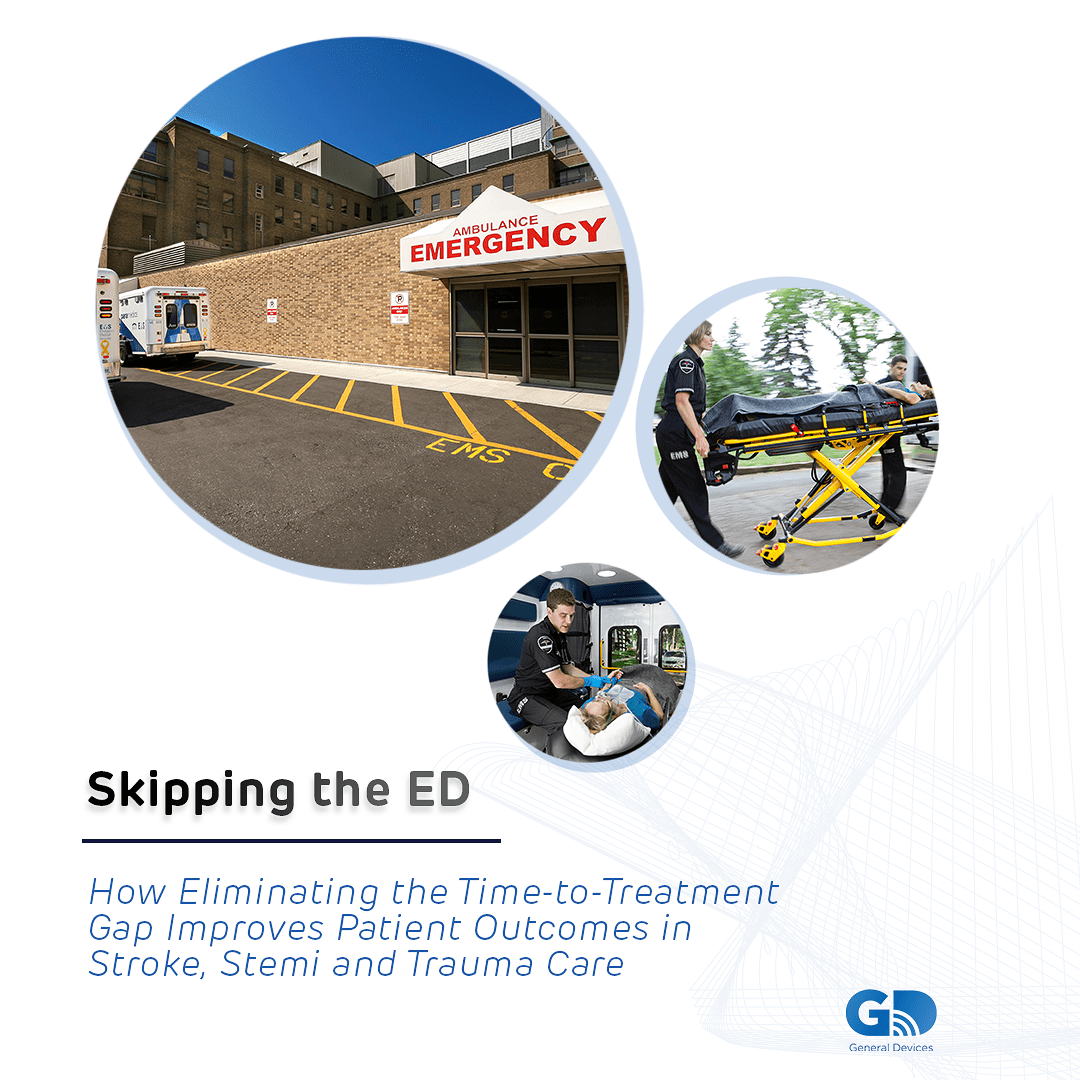Skipping the ED: How Reducing the Time-to-Treatment Gap Improves Patient Outcomes in Stroke, STEMI, and Trauma Care
When someone experiences serious health complications outside of hospital care, it’s critical that they get medical help as quickly as possible. This is vital for patients who suffer a sudden stroke, an ST-Elevation myocardial infarction (STEMI), or trauma after an incident such as a road traffic accident. Ideally, patients need to be at the hospital and under specialized care rapidly for the best possible outcomes. Making this happen includes recognizing symptoms, getting the right emergency care on-site, real-time communications with the acute care teams with telehealth solutions, and transporting patients as quickly as possible.
Anything that shortens time-to-treatment — the gap between a first responder reaching the patient and care being applied — increases the chances of a full recovery. Here are five reasons why decreasing that time could be key to the best prognosis.
1. More Time for Medical Assessment
The quicker first responders reach a patient, notify the hospital, and transport to the relevant care facility, the more time doctors and other medical staff have to activate and be prepared to assess and provide exactly the right treatment. Research from 2019 shows that there is a misdiagnosis rate of around 13% for 15 serious conditions, including myocardial infarctions. Some of these misdiagnoses resulted in missed vascular events or harmful secondary infections.
Better data, shared rapidly among care teams not only allows clearer communication but also provides critical care staff more time to give a correct diagnosis and administer the correct type of care.
2. Better Chance of Survival
It should go without saying that, particularly in the case of stroke, STEMI, or other myocardial infarction, the faster a healthcare professional applies the right treatment, the better a patient’s chance of survival. This depends on recognizing the symptoms correctly. For example, heart attack sufferers often experience nausea and even vomiting, leading to the occasional case of a patient being misdiagnosed with a severe upset stomach. Patients misdiagnosed in this way have a low chance of survival, even if EMS later attends the scene. Myocardial infarctions need to be treated within one to two hours for the best patient outcome.
Being able to speak directly with either the patient or the EMS team caring for them — ideally telehealth solutions like a video call so there can be a visual assessment of the symptoms — provides greater assurance at handoff and allows the hospital team to be better prepared for when they arrive. Time is heart muscle for a STEMI. Time is the brain for a Stroke.
3. The Right Support During a Pandemic
During the pandemic, response times for trauma, stroke, and STEMI care have slowed due to the higher demand for emergency response units. On top of this, once patients arrive at the hospital, they may need to wait longer than usual because of closed-off wards, additional safety precautions, and fewer empty beds.
Employing telehealth solutions helps first responders understand which hospitals have the most space and are better suited to the patients they are caring for. It also helps caregivers apply treatment in place and not transport when it’s possible and safe to do so. Telehealth helps provide the right care, at the right time and the right location.
4. Less Chance of Paralysis
During a stroke, up to 2 million brain cells can die each minute without restoring blood flow. Research in the Journal of NeuroInterventional Surgery in 2020 confirmed that extended delays have a hefty impact not only on survival but also on recovery from a stroke. One of the biggest risks from an untreated or late-treated stroke is partial or full paralysis. The early diagnosis of a possible stroke in the field — and enabling EMS responders to communicate with and activate a code stroke neuro team — could greatly improve outcomes for many patients.
5. Transportation to the Right Facility
STEMI patients have double the chance of survival when EMS can correctly assess the severity of the condition and move the patient to an appropriate facility, such as a coronary intervention-capable hospital. Similarly, there’s little point in taking a stroke patient to an emergency department that’s completely overflowing, as we touched on in the previous point.
The sooner a medical professional can assess that a patient has specific care needs, the greater their ability to direct the response team to a facility with the right equipment, staff, or medication required to give the patient the absolute best chance at a full recovery. This requires clear and open channels of communication, ideally a visual link for detailed diagnosis, and speedy sharing of the relevant data between the diagnosing professional, patient, response team, and receiving hospital or clinic. One of the most crucial developments in increased response time is telehealth, which includes a range of mobile and digital technologies that allow better communication between medical staff and patients or caregivers. Technology is the key to cutting that time-to-treatment gap that remains between a patient experiencing symptoms and first responders starting a medical assessment. Rapid data sharing across care teams with telehealth solutions can provide patients with a greater assurance at handoff even the most traumatic incidents. Contact General Devices to learn more.
About GD (General Devices)
Founded in 1979, GD is a Ridgefield, NJ-based provider of mobile telemedicine and telehealth solutions that help first responders, medical facilities, and community paramedicine providers deliver smarter, expedient patient care. Powered by responsive innovation, GD’s user-friendly communications solutions facilitate secure, mobile communications and rapid data sharing across acute and non-acute care teams to help save time—and lives. Backed by a 40-year history and hundreds of implementations, GD is a widely revered industry leader.
For more information, visit the GD website, Twitter, LinkedIn or Facebook.

